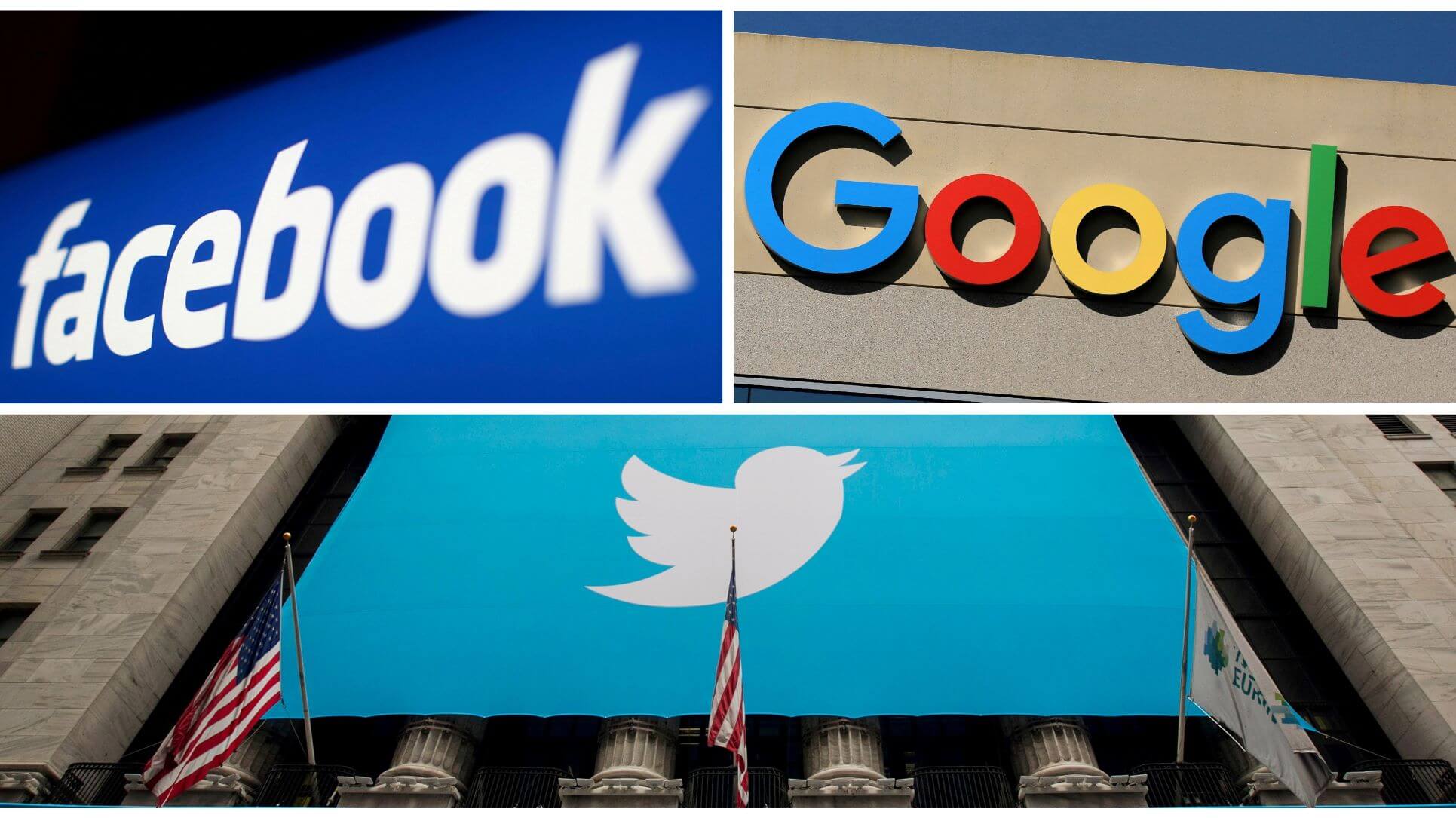A high bounce rate means browsers are leaving your website after just one page view, not great if you want to convert them into customers.
6 Simple Ways To Reduce Bounce Rate On Your Business Website
A high bounce rate means browsers are leaving your website after just one page view, not great if you want to convert them into customers.

There is no point in wasting money on online marketing to generate traffic to your site if the average visitor bounces after spending 3 seconds looking at it. If you want to invite friends to your house, you'll clean it first so that your visitors feel at home.
How can you make your website more welcoming so that visitors will spend more time there?
Bounce rate measures the number of people who leave your website before visiting any other page on it. If your bounce rate is high, it means most visitors to your website don’t browse beyond the entrance page. This can be detrimental to your business, especially, if they leave before giving you an opportunity to convert them. How can you reduce the bounce rate?
Create Useful Content
Readers will appreciate well-written content that gives them actionable tips for solving their problems. If by reading your blog or any other content on your website they find something that can produce results for them, they are likely to spend more time there. In fact, soon they will have no problem spending money on your business.
It is also important to keep adding fresh content. This builds trust and gives old website visitors a reason to check your domain now and then. Once you have earned the trust of repeat visitors, it is easier to convert them to buyers. New leads may take more time to convert.
Structure your Content to Make it More Legible
According to a 2015 survey by Microsoft Corporation, nowadays, people have a very low concentration span, specifically, about 7 seconds. If they can’t seem to understand what your website is about within these first few seconds, they are likely to move on.
Avoid this by writing clear, descriptive titles for your content and formatting it in a way to enhance readability. Here are some tips;
- Distinguish the topic by using a bigger and bold font size
- Use subtitles to divide the subject into manageable sections
- Include bullets and numbers to highlight key points
- Use examples and visuals to support your ideas
- Keep the sentences brief
Adopting a legible format for your content enables readers to easily scan through it and still get your message. They can voluntarily decide whether to go deep or not. What’s more, they can easily identify the kind of action you want them to take.
Write Clear ‘Call To Actions’
Do you want your readers to fill in a form, subscribe to a trial service or download something? Indicate it clearly on your webpage and make the statement highly visible. If the CTA involves clicking a button to lead to another page, form, or so, make sure the button is active.
Keep off Irrelevant Pop-ups
Pop-ups come unannounced and don’t ask for permission to appear on your screen- this is annoying and disruptive. What if the visitor had only a few minutes to get some important information and log out?
It could be easier if one can switch off such disruptions, but not all pop-ups have such an option. Some force you to take some time off the page to fill in an email, or so, for you to continue browsing. The most obvious response from such a user is to bounce off.
If your website must have pop-ups and ads, make them relevant to the content on the webpage they are appearing. Also, make sure it doesn’t open in a different dialog box. Instead, implement them as an overlay overshadowing the content a user is reading and provide a straightforward option to close. If implemented properly, pop-ups can actually boost conversion rates.
5. Create Relevant Landing Pages
The landing page is like the face of a website. If it doesn’t deliver the right message, you are likely to disappoint your visitor. They will leave, and may never want to visit your page again.
To avoid this, make sure the adverts and links you use to drive traffic to your website have headlines as well as descriptions that match the kind of content on the landing page. This way, you will attract relevant visitors who are likely to stick to your website longer. For more effective implementation, collaborating with companies specializing in web development columbus (or your local area) can ensure that your landing pages are not only visually aligned with your brand but also technically optimized to enhance user engagement and conversions.
Recommend Alternative Content to Re-engage Interest
From your landing pages, you could always include links to other content on your website that has information that could be of interest to visitors. How do you determine if a topic is of interest? Probably, it something closely related to the content on the entry webpage. This way, you give them more reason to continue browsing through your website.
Conclusion
Reducing the bounce rate has numerous benefits to your website and business. The most important one is that a low bounce rate boosts conversions. Luckily, it doesn’t have to be costly since you can attain a lower bounce rate by simply improving your website’s user experience.
Thanks for signing up to Minutehack alerts.
Brilliant editorials heading your way soon.
Okay, Thanks!


